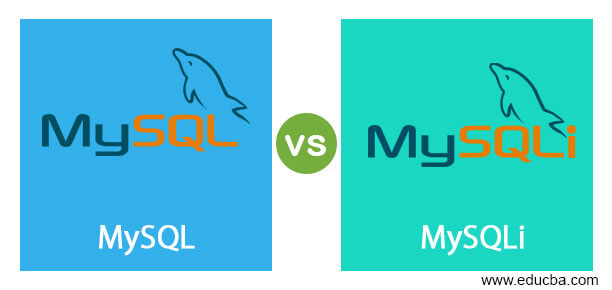
- #Postgresql vs mysql syntax differences software
- #Postgresql vs mysql syntax differences code
- #Postgresql vs mysql syntax differences license
PostgreSQL and MySQL depend on SQL, the standard language for interaction with management systems. That’s why your PostgreSQL database can grow with you and be as large as you require it.

There are numerous technical opportunities for using PostgreSQL at scale. Your PostgreSQL database can expand with you. There are multiple features for improved security, thanks to easy extensibility however, if you use the right ones (TDE, Data Masking), you get a very secure database, which takes care of your most valuable asset – your information. The strong community guarantees that bugs are fixed without delay. Numerous companies and people contribute to the project and have driven creation for over 25 years. It’s accessible to you when you want it and the way you want it. You don’t need to worry about licensing costs, contract problems, and dealing with a high-budget project.
#Postgresql vs mysql syntax differences license
PostgreSQL is an open-source product that does not cost anything – no license fees. It allows you to use, change, and execute it per your business requirements.
#Postgresql vs mysql syntax differences code
The source code is freely available under an open-source license. The following are the benefits of PostgreSQL: Open Source It is also perfect for handling the data received, created, and developed analytics. PostgreSQL delivers the perfect solution for company database administrators handling online transaction processing (OLTP) protocols for business activities, including e-commerce, customer relationship management systems (CRMs), and financial ledgers. PostgreSQL is managed with an object-relational database management system (ORDBMS). It is expandable and adaptable enough to fast support a combination of specialized use cases with a robust extension ecosystem. PostgreSQL is a “one-size-fits-all” solution for many businesses looking for cost-effective and efficient ways to enhance their Database Management Systems (DBMS).

Open-source framework with the backing for transactional processing, although not as flexible as non-relational databases such as NoSQL. Support for unlimited storage growth in a small footprint. High performanceīecause MySQL’s storage-engine framework supports demanding applications with high-speed partial indexes, full-text indexes, and specific memory caches for superior database performance. It helps to secure data integrity, which makes it a famous database for web applications. Benefits of MySQLįollowing are the benefits of MySQL: Unmatched data securityĬompared to other database management platforms - due to its use of Secure Socket Layer (SSL).
#Postgresql vs mysql syntax differences software
This software stack model enables the creation of APIs, web applications, and websites. It is the foundational component of LAMP (Linux Operating System, Apache HTTP server, MySQL RDBMS, and PHP programming language). MySQL is generally used as a web database to store various data types, from a single informative fact point to a complete list of product or service offerings for a company. It is globally acknowledged as the standard relational database management system (RDBMS). SQL was developed by IBM in the early 1970s and became publically in 1979. The purpose of SQL is to store, recover, handle and operate data within a database management system. It is used to handle relational databases and perform different operations on their data. SQL stands for Structured Query Language.



 0 kommentar(er)
0 kommentar(er)
